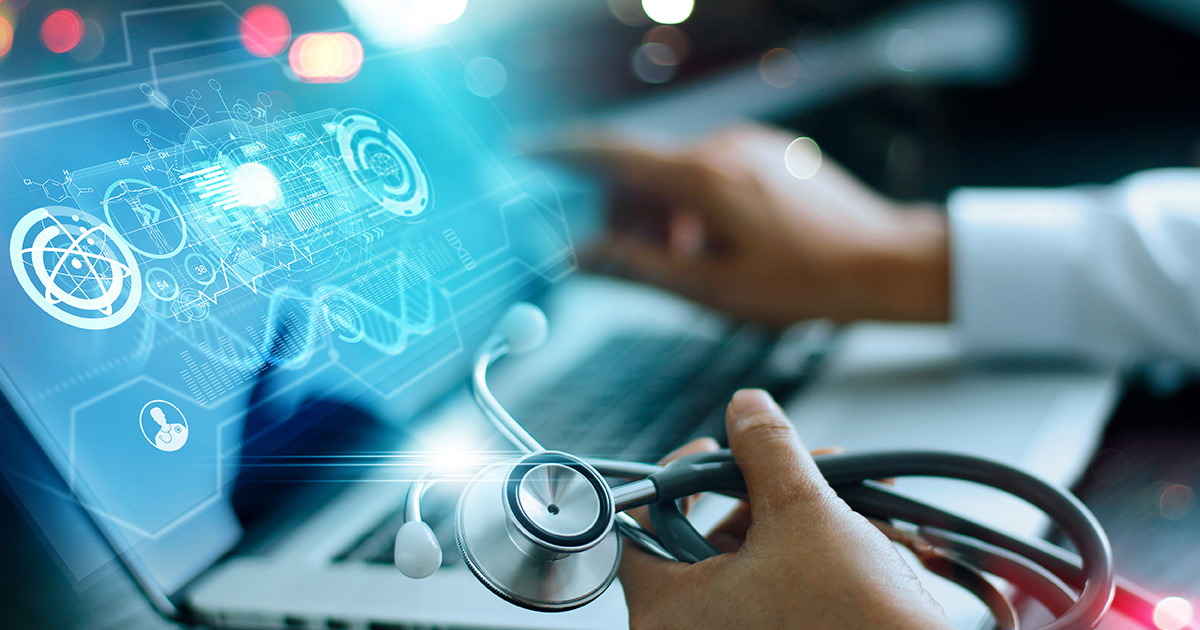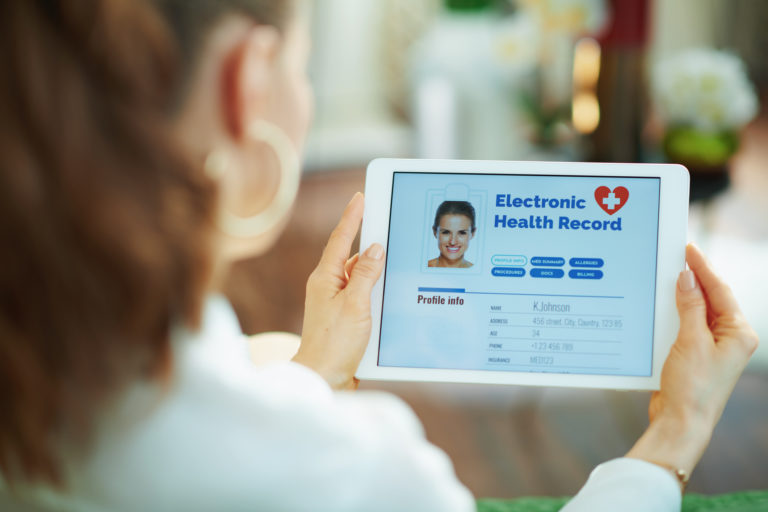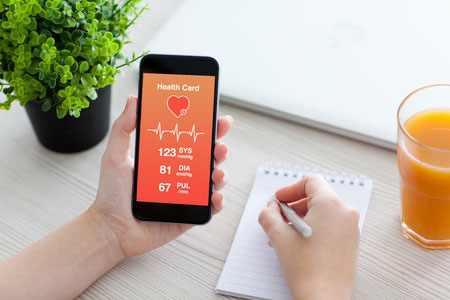How Technology is Revolutionizing Medical Diagnostics
Would you accept a medical diagnosis from a robot?
In 2017, one company raised nearly $60 million to create an AI chatbot that would allow patients to receive medical advice from their smartphones. Around the same time, another company raised almost $50 million to build an “AI doctor.”
Many in the medical world are dubbing this the future of medical diagnostics.
But the majority of healthcare practices aren’t using robot doctors just yet, though technology has been a driving force for change in recent years.
Here are a few examples of how technology is changing the modern medical landscape and what that might mean for your practice:
Electronic Healthcare Records and Meaningful Use
One of the biggest changes in recent years has been the implementation of Electronic Healthcare Records (EHR), or Electronic Medical Records (EMR).
After the Meaningful Use program was implemented in 2011 — which was designed to define the minimum U.S. government standards for using EHR technology — it’s since moved from a “policy” stage to a more practical stage as technology has advanced.
Since the introduction of technology like machine learning, EHR software is becoming smarter.
Instead of simply organizing paper files into electronic versions with the same data, the goal of EHR software is to streamline communication of that data between practitioners, patients and insurance agencies.
In turn, this is quickly leading to radical organizational management changes wherein healthcare admins must rethink how to operate their practices from the top down.
It’s not just about uploading documents to an online system — healthcare professionals have to rethink how to operate their practices. Because EHR solutions have the ability to do more, healthcare providers now have the ability to do more, too.
Diagnostic Tools
Another emerging technology that seeks to change how medical practices are run is diagnostic tech.
According to one National Academy of Medicine report, “The delivery of health care has proceeded for decades with a blind spot: Diagnostic errors — inaccurate or delayed diagnoses — persist throughout all settings of care and continue to harm an unacceptable number of patients.”
With the rise of AI medical tools like chatbots (and even internet resources like WebMD), patients have more direct access to diagnostics than ever before.
Practitioners have been using AI assistants to increase their diagnostic powers as well.
Safedrugbot, an AI healthcare chat service for healthcare professionals, aims to help doctors quickly assess appropriate information about drug use for women who are breastfeeding, for example.

Diagnostic technology isn’t limited to software, but also encompassess “hard” tech like cameras and wearable devices.
Two University of Illinois researchers developed what they describe as a “lab-in-a-smartphone,” for instance — a camera that conducts an optical spectronoscopy, which can be attached to any smartphone.
Given a few years, devices like this could completely reshape how certain medical tests are performed for things like cardiac health, cancer, pregnancy and infectious disease.
Payer-Provider Analytics
Healthcare technology is not just connecting patients to doctors, however. It’s also connecting practitioners to insurance providers in a more efficient way.
Tools like ReferralMD can help practices organize their claims so that providers can make better referrals and recommendations for their patients.
For example, providers can access referral networks and provider information for patients which would allow them to directly refer patients who are waiting to be transferred to a specialist after an initial screening.
This eases the burden of care coordination for health insurance companies as well as the providers (and patients) involved.

Online Intake Forms and Patient Portals
Another contributor to the future of healthcare technology is the internet itself.
Web presence has never been more important for practices for things like branding, marketing and connectivity. But it’s also important for handling patient data.
The use of online intake forms, for example, can streamline the intake process for patients and office staff, reducing wait time and improving the patient experience.
Patient portals and other online resources also have the ability to improve productivity, allow for easier access to patient data (many portals and online forms integrate with EHR solutions) and create a convenient way for patients to manage their own healthcare data.
Studies show that when patients have more control over their own data, they take their health care seriously.
Telemedicine
Telemedicine or “telehealth services” are another popular trend with potential to create significant change in the healthcare industry.
The ability to access medical care from anywhere at any time is not only appealing in terms of convenience, but in some cases it can be life saving.
Patients in rural or remote communities that have less access to physical medical services (hospitals are far away, etc.) may benefit the most from having immediate care via telecommunication.
Apps like Pingmd allow patients to speak with doctors via text, video, or picture, and doctors are able to respond directly or refer messages to colleagues.
This doesn’t diminish the necessity of face-to-face medical access, of course, but increases access to care for those that may not be able to make it into the office at short notice, or for those that simply have questions about their health.
Other Tools
Technological advances are also being made in other areas of the healthcare industry.
The portable carts used in clinics for diagnostics (or educational purposes) can be customized to include specific tools such as height adjustments, cameras, keyboards and remote controls to meet the needs of your staff.
Telecommunication tools can also be used on portable carts to help integrate telehealth services with face-to-face interactions.
They can also be outfitted with peripherals like stethoscopes, probes and other monitoring tools to create user-friendly stations for practitioners moving from room to room.
Other technology, like desktop computers and tablets (iPads, etc.) can also be used to add remote connections anywhere in the office.
Patients can use tablets along with online forms to shorten their intake process time, for example, or look up relevant healthcare questions while they wait for their appointment.
As technology continues to expand its abilities, healthcare professionals are sure to come up with many more creative uses that can benefit the patient experience.
Free download: 7 healthcare technologies you might be using in 10 years.
Final Thoughts
Technology is rapidly changing. The good news is that healthcare is the perfect industry to keep pace with it.
With the advancements in tools like EHR/EMR, telecommunications and online forms, patients and practitioners have more access to healthcare information than ever before.
When utilized properly, healthcare practices can use this tech to their advantage to improve the patient experience, make better diagnostic decisions, and increase care for the patients they serve.



